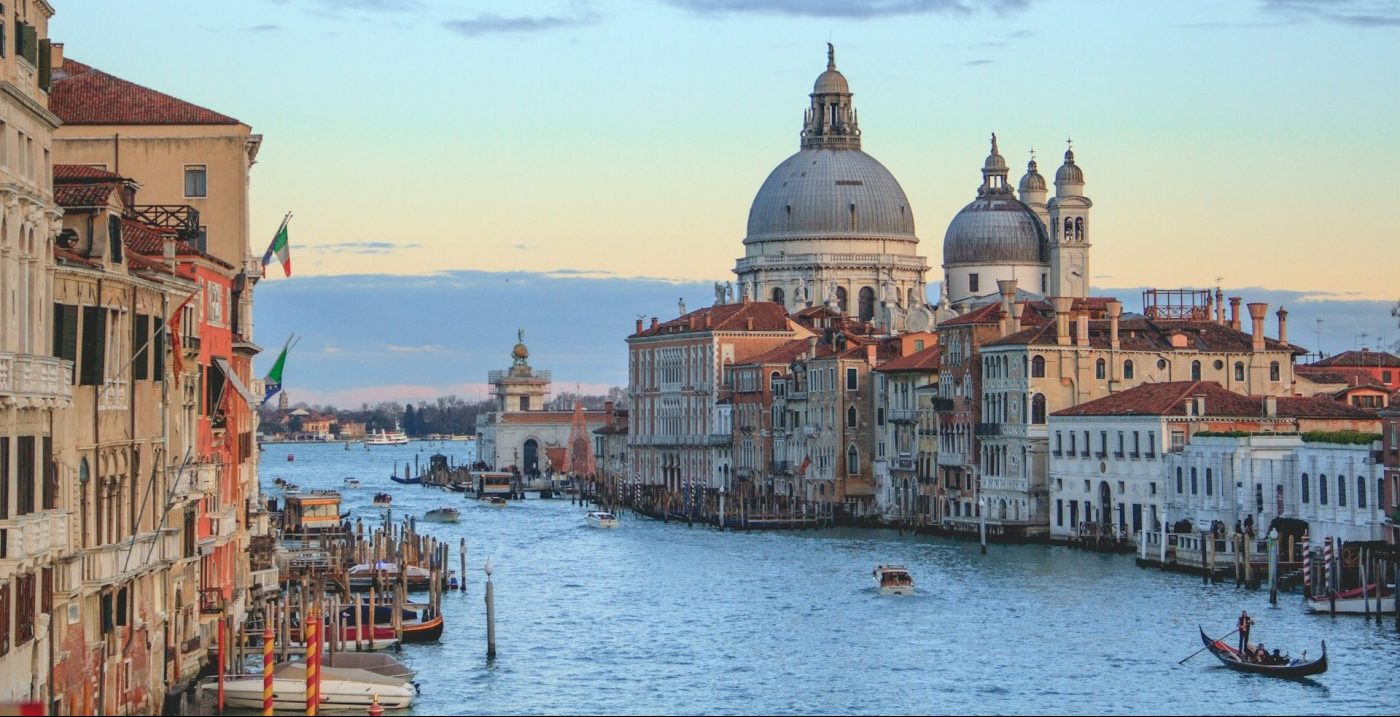Venice’s battle against time and tide: insights from historical and modern conservation efforts
When we think of Venice, many things come to mind – the networks of canals, the iconic landmarks of Piazza San Marco, Rialto Bridge, and the Grand Canal. We think of an idealised Venice, trapped in the Renaissance. Many of us do not consider Venice in terms of modernity and would much rather consider it in antiquity. However, Venice is in the present, as much as London, New York, and even Coventry. It therefore faces modern issues too, and none more so than the issue of climate change.
After staying in Venice for a week, as part of a University pilot programme based around the concept of “resilience”, I witnessed the environmental issues that Venice faces first-hand. The trip, coordinated by Dr. Marta Guerriero and Dr. David Lees (and to whom I am immensely grateful for the opportunity), highlighted that central to these issues are rising sea levels. The issue of rising water levels poses a real threat to Venice, with St. Mark’s Square, the centre of Venetian history and contemporary tourism, being only twenty-five inches above the level of the lagoon. In addition to this, rising sea levels also pose a threat to trade and residential areas. The extraction of resources and use of canals by boats is deepening the canal and the deeper the canal, the higher the wave that could potentially strike Venice.
The former city-state has been dealing with the issue of rising sea levels and exceptionally high tides… for centuries
Whilst Venice should be considered in the current moment, contrary to most of its representations, the former city-state has been dealing with the issue of rising sea levels and exceptionally high tides, or Acqua Alta for centuries. This clearly illustrates how climate change has always been an issue in the Anthropocene, and that humans have had to respond to it and show resilience before us. We cannot ignore the problem of climate change now, claiming those in the past never cared or acted, because that is simply not true. It is in this context, that avenues of possibility can open up, providing the possibility for us to learn from the past to face present issues.
In Venetian antiquity, the issue of water has been both a cure and a curse to the settlement. One way Venetians sought to adapt to dealing with increased water was the creation of cisterns to collect rainwater. These cisterns used sand as a form of filtration to desalinate and purify rainwater. A simple concept, granted, but one which proved effective in two ways: preventing overflow, but also generating clean, drinkable water. In addition to cisterns, canal maintenance has occurred regularly for centuries, involving draining parts of the canals to remove debris and create more capacity in the canals. In this sense, we can see examples in history of areas in the city adapting and catering urban planning to the issues of the climate.
Venice has led the way in providing opportunities for adaptation to issues of the environment
The 18th century in Venice provided another perfect example of adaptation in response to climate change. The construction of the Murazzi (made of Istrian stone) as a wall of sea defence for Venice has created long-term effects, which are enabling Venice to attempt to thrive to this day. One of these long-term effects is the defence at the Lido leading to more sand collecting, which is widening the beach and creating more space for urban planning and development. This has been capitalised on by modern trade as the Lido currently hosts the Venice Film Festival, which brings in large amounts of revenue to the city.
As we can see, throughout history, Venice has led the way in providing opportunities for adaptation to issues of the environment. However, it is the current efforts taking place in Venice that are under the spotlight across the climate science community. Central to these modern attempts of climate resilience is the Modulo Sperimentale Elettromeccanico or MOSE project. The MOSE is a collection of mobile gates on the sea floor around Venice, which can be raised in around 30 minutes to repel the exceptionally high tides when they occur. The MOSE project is an attempt to adapt, with the potential of protecting Venetian heritage.
a prime case study to understand the interactions of humans and nature throughout the Anthropocene
Whilst staying in Venice, a group of us had the pleasure of meeting with and learning from Venetian engineer and social ecologist Giovanni Cecconi, the President of the Venice Resilience Lab and former control room manager of the MOSE. Giovanni engaged in the planning and construction of the MOSE and currently offers tours of the wider lagoon, to teach about the environmental issues that Venice faces. Central to Giovanni’s message was the concept of agency. He stressed, throughout his talk and practical demonstrations, the importance of agency, unity, and solidarity in facing the issues of climate change. He also emphasised the need for people from all ages and socio-economic backgrounds to cooperate in order to mitigate climate issues, a message that everyone in the room took away.
Giovanni calls Venice a “laboratory of social ecology”, a prime case study to understand the interactions of humans and nature throughout the Anthropocene. From visiting myself, I now too, believe this. Venice is a complex city, with the competing interests of tourism, local trade, industry, and calls for environmental protection. However, if one thing is to be taken away from the Venetian experience for all to learn, is that socioecological harmony, and a willingness to learn from the past, and all of its outlets, is and will be crucial in facing the socioenvironmental issues that stand in front of our civilisation.

Comments